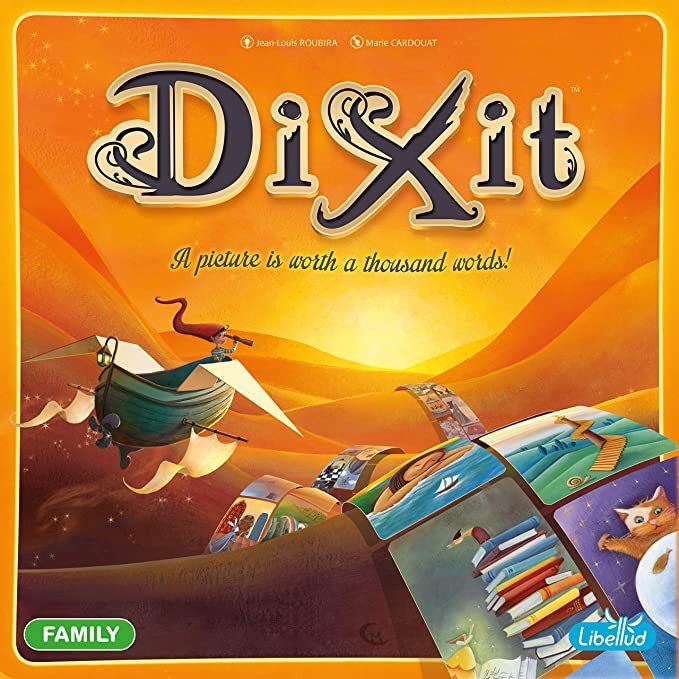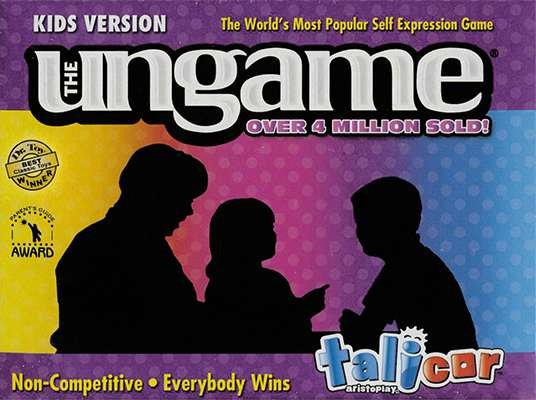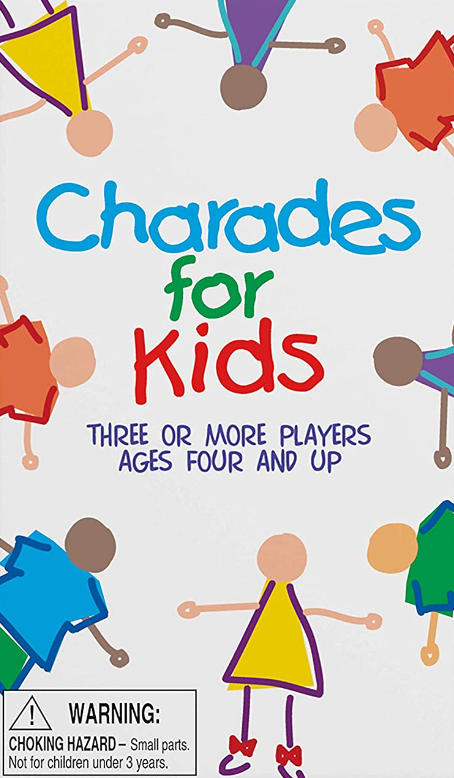Teaching Character Strengths at Home
How do kids learn about what it means to be a good person? In many ways, this seems a natural part of parenting—through our conversations, modeling, and family values, we show and teach kids about what it means to be moral and have strong character. And, for some kids, character education is also part of the school day, infused into core curriculum, school-wide initiatives or social emotional learning (SEL) activities. After school, and on the weekends, many clubs, church groups and extracurricular programs guide kids toward developing empathy and a moral code as well.
Kids are most likely to be interested and engaged in learning about character if they understand how and why it matters to them. That’s what makes learning about character strengths so fun—when kids learn about their own strengths, or a friend’s strengths, they see how each strength may connect to the things that are meaningful and relevant to them, the things they want, and people they want to become.
A first step in fostering interest in character strengths may be to teach kids how learning about character strengths benefits them. Here are a few ways:
Self-awareness: Understanding one’s character strengths can help kids develop a positive self-image and self-esteem. This can lead to better relationships with their friends and a greater sense of confidence as they spot their strengths.
Well-being: By learning about character strengths, kids can develop a more positive outlook and feel more purposeful and fulfilled, which can help to promote their overall well-being and happiness.
Positive behavior: When they understand their strengths, children can harness them to help themselves and others in a positive ways.
Personal growth: By focusing on their strengths, kids can be encouraged or inspired to set goals and pursue their interests, leading to personal growth and development.
Resilience: When kids understand and appreciate their strengths, they are better equipped to face challenges and bounce back from setbacks. Kids can call upon character strengths as a means for coping or path out of disappointment or difficult situations.
Relationships: When kids understand their own strengths, they can use them to better understand and connect with others. Recognizing and appreciating the strengths of others can help build empathy and bring compassion to a group of mixed personalities.
Teaching kids about their character strengths can be a fun opportunity to connect, open up communication about their goals and priorities and create a nurturing environment that supports those goals.
If your children are eight or older, a first step could be to take the VIA Youth Strengths Survey. Through the research-backed survey, they will answer questions to learn about their own strengths. At the end, they will get a report with their strengths listed and age-appropriate ideas on how to use or grow their strengths.
If your kids are younger than eight or you’re looking for more ways to explore character strengths, here are some tips for exploring character strengths at home in fun and engaging ways:
1. Use games and activities: Play games and hands-on activities that help kids practice and demonstrate their character strengths. For example, you could play a sharing game to help kids understand the importance of fairness, or have kids work together to solve a problem, to practice teamwork and judgment. Here are a few we’ve liked: Dixit is a creative, imaginative and intuitive board game that fosters creativity and social intelligence; Tetris is good for flexing cognitive strengths like judgment (old but interesting article here); Ungame is a board game that fosters active listening and strengths like perspective, honesty and kindness; Overcooked is a fast-moving cooperative video game that teaches kids to plan, think ahead and work together; and Charades is a family-friendly fun game that encourages many strengths of wisdom and humanity.
Also try a character strength challenge. In the morning, ask kids to roll dice to get a number, then flip through a set of character strength flash cards until you land on that number. (You can make them or find many flashcards online. Here’s one on Teachers Pay Teachers that is only $3 at this time and could work. I use this character strength card deck. It’s laminated with photographs and diverse representation.) Challenge your child to use the character strength during the day or notice someone else using it and report back. Depending on your reward policy, you can give them a prize.
2. Tell stories: Use books, stories and fables to understand different character strengths and why they are important. If your child is young (3-7), read a story aloud or watch a read aloud and try to spot some of the strengths or lack thereof in the story. Here are some of repeat reads we’ve found fun and educational with artistic merit: There Must Be More Than That! fosters hope and perspective for ages 5-8; When Sophie’s Feelings Are Really, Really Hurt for self-regulation and social intelligence for ages 4-7; Down the Road evokes kindness and love for kids ages 4-7; Swimmy explores leadership and teamwork for kids 3-6; and Brave Irene explores love and bravery for kids 3-8.
View these book guides below for recommendations for all 24 character strengths or click through to some of the guides featured below.
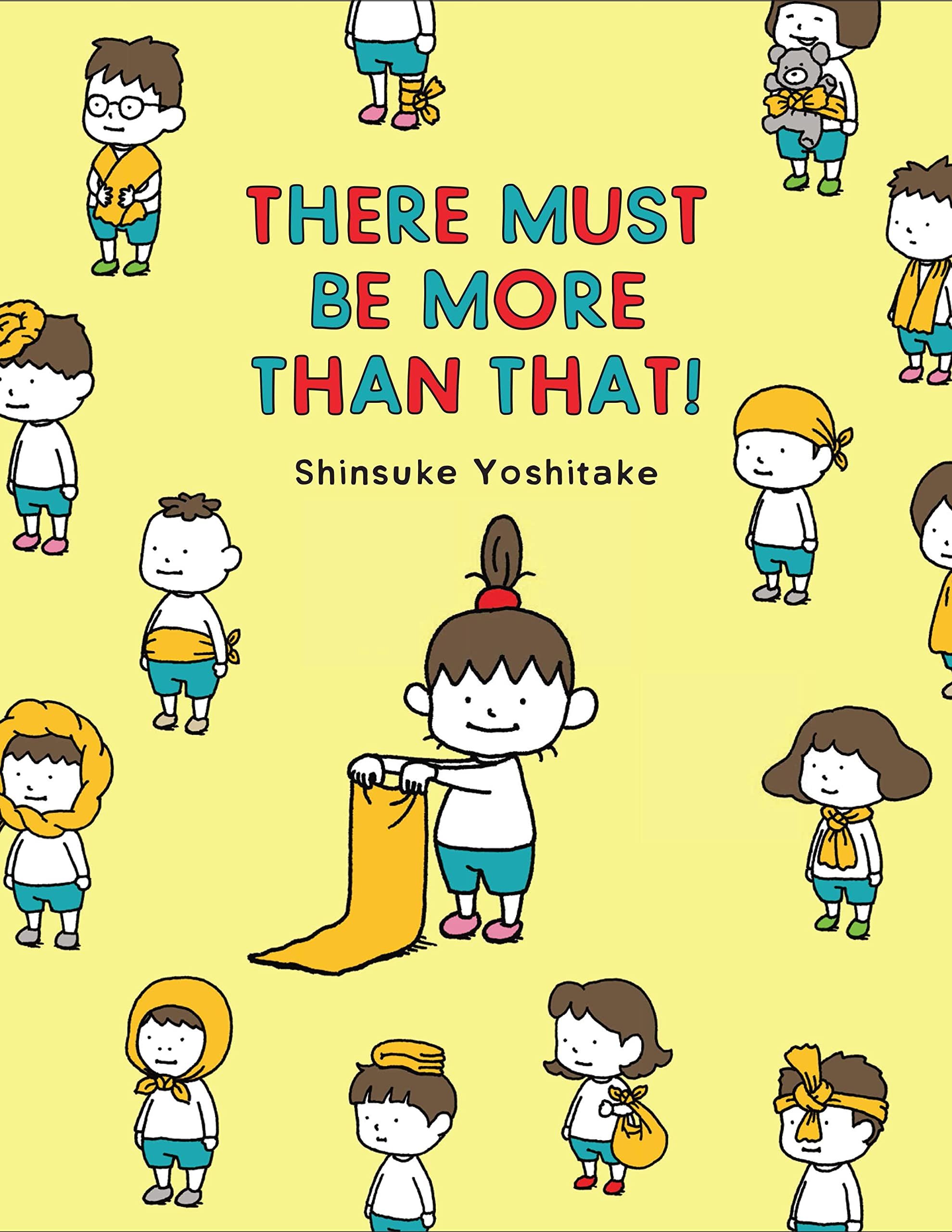
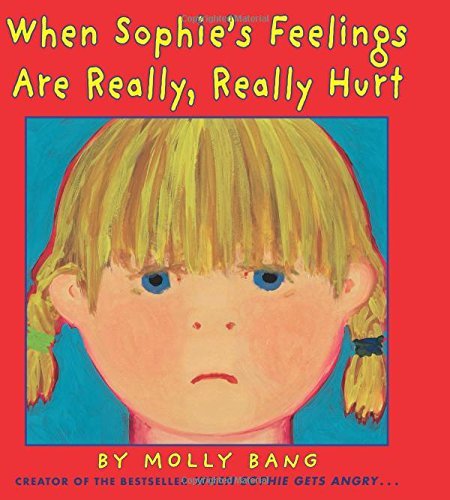
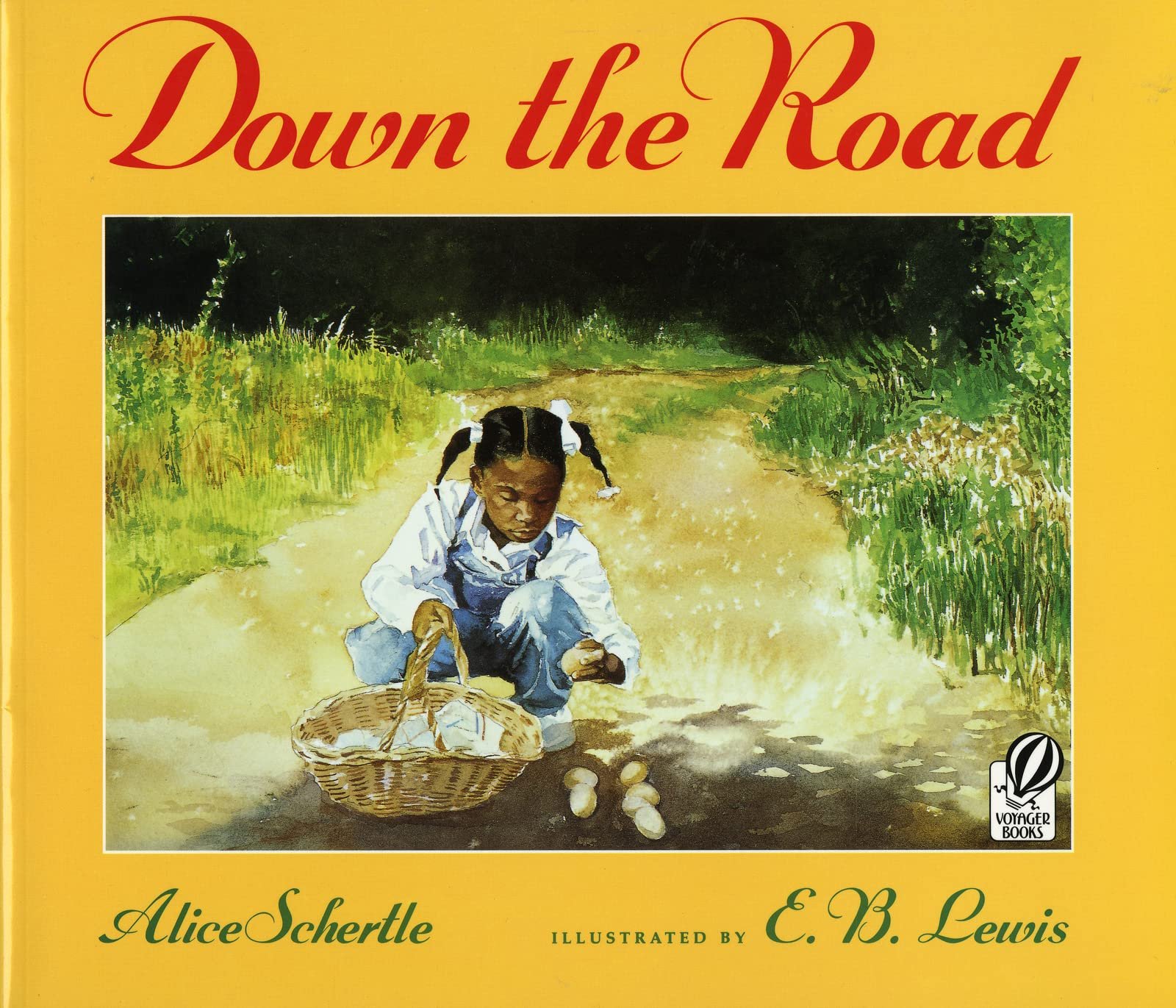
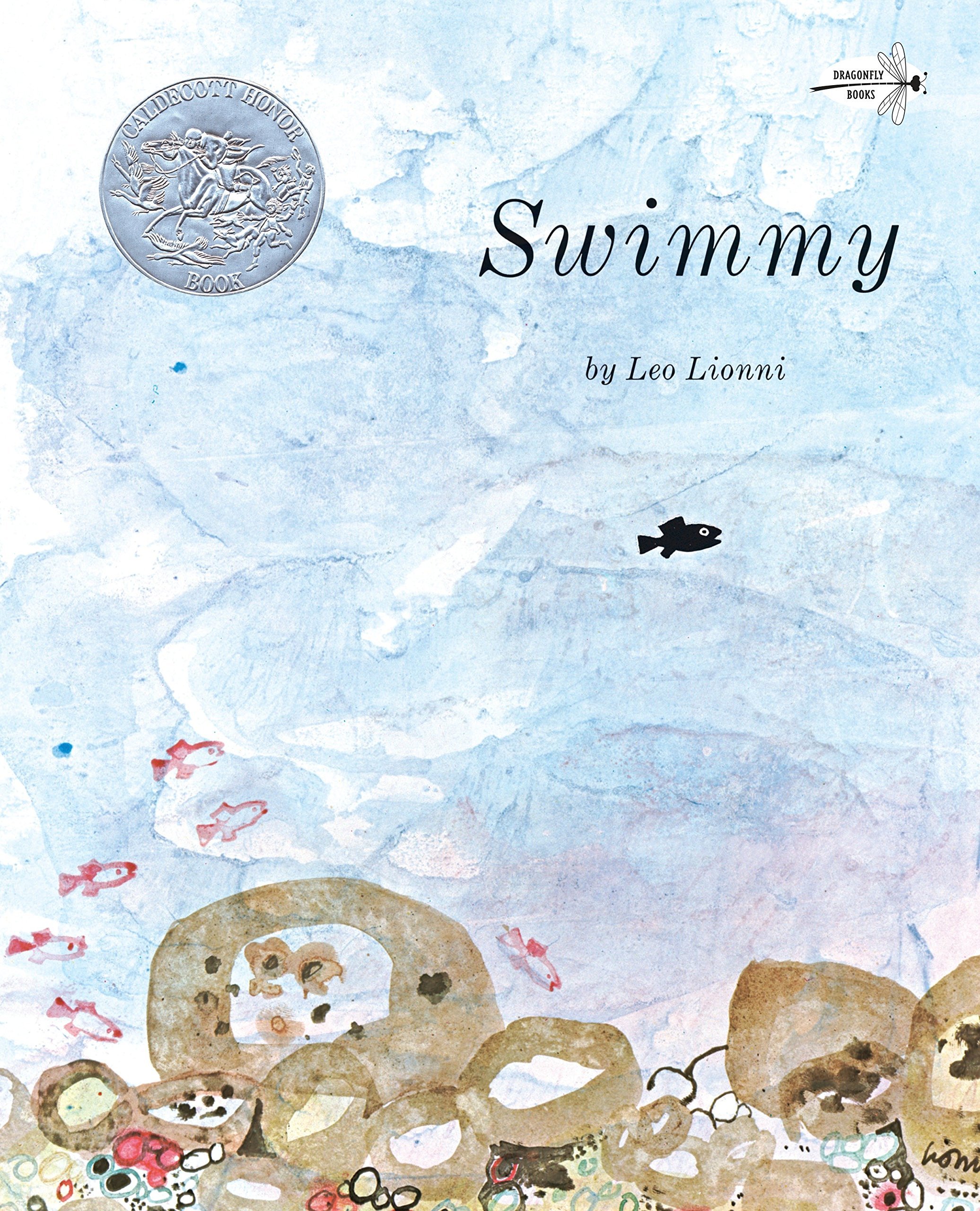

3. Encourage role-playing: Give kids the opportunity to act out different scenarios, allowing them to practice using their character strengths in a safe and supportive environment. This could be as simple as playing with stuffed animals, Calico Critters, or dolls, and putting them in different situations that call upon different strengths.
What Would YOU Do? is also a useful workbook that invites kids to imagine and write about what they would do in different realistic situations. There are books for grades 1-2, 3-4 and 5-6 and each one is full of scenarios with open-ended discussion points.
We’ve also liked a few books that encourage role-play over the years, such as Choose Your Own Adventures, The Power to Choose books and Your Very Own Robot.
4. Create a character strength of the week: Choose a different character strength each week to focus on, and find fun and creative ways to incorporate it into daily activities and routines.
Here’s an example of a plan for Kindness. Each day, you can read a book with breakfast or before bed relating to kindness and invite kids to think about a question or activity in a low-pressure way. Create a book basket to leave out or share over the weekend featuring different books relating to the character strength. If you have a family movie night, pop something on that may promote passive or active thinking about kindness.
5. Use art and creativity: Encourage kids to use art and creativity to express their understanding of character strengths. For example, they could draw a picture of themselves demonstrating a specific strength or create a play or story about a character demonstrating a particular strength. If kids have a journal, this could be an excellent place to work on it. There are also many classes on Outschool that may help teach, inspire or evoke character strengths.
Overall, hands-on, interactive and engaging activities that make character strengths personally relevant are most likely to be enjoyed by kids, certainly more than rote memorization or lectures. Beyond delivery method, the personality, age and interests also matters. While a younger child may prefer pretend play, an older kid may want to learn more about the science behind character strengths and why it benefits them. Your extroverted child may want to act out each strength in a game of charades whereas your introvert may prefer to learn on their own or read books.
As with all learning, the more we make the learning experience enjoyable, the more likely kids will be to engage with the material. If your kids are simply uninterested or resistant to any of these activities, you can simply notice and appreciate their strengths. A simple observation or authentic compliment can go a long way in helping kids appreciate themselves and their strengths.
A few more resources in thinking about character strengths and kids:
How Can We Introduce Character Strengths to Our Children?
5-Minute Film Festival: Resources for Teaching About Character
Note: Some of the links on this site use affiliate links to Bookshop and Amazon, which means may earn commission at no cost to you.

